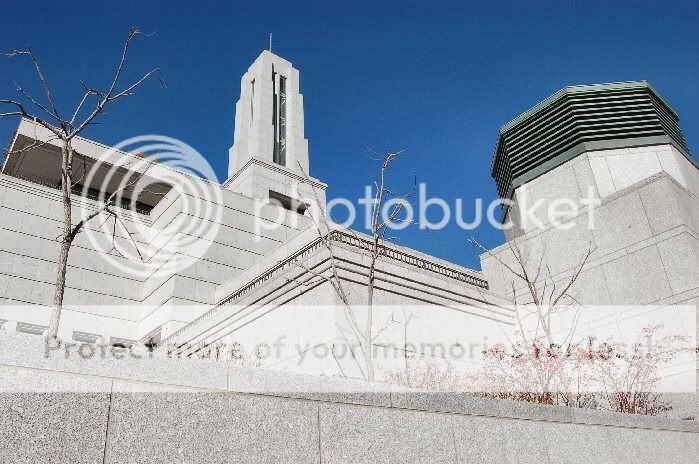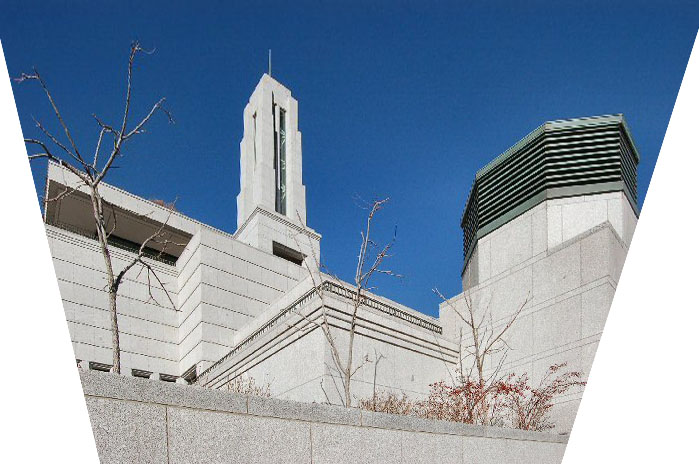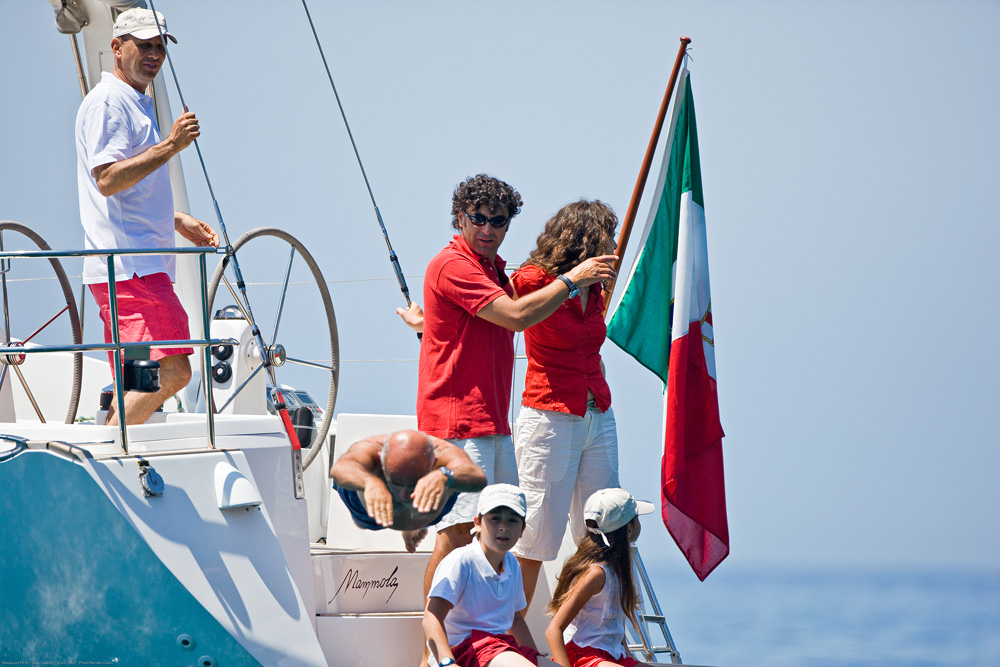Jessica Eldredge
pro member
I took this for a school project once. It is the Conference Center in downtown Salt Lake City, UT. Any feedback would be appreciated. It has not been cropped.



I took this for a school project once. It is the Conference Center in downtown Salt Lake City, UT. Any feedback would be appreciated. It has not been cropped.


Hi Jessica
you might shoot at different light conditions, and different angles of the sun.
This would make it more 3-dimensional.
Hi Jessica, you might shoot at different light conditions, and different angles of the sun. This would make it more 3-dimensional.
AH! enfin!
Thank you Michael, this is the best advice that a pro could give on this kind of image
There is not enough room to correct perspective, too tight framing if one wish to keep square or rectangular final framing…
-IMHO-)
Asher,
I don't agree; I dunno know about the specific situation of that building, beeing aware, that sometimes the help of a ladder might be important, still: architecture talks about space, it's how to organise space - is reflected /translated/sublimed in photography with lights and shadows.
Sometimes, one can't get arround the situation; example: getting a higher p. o v. Making the vertical lines all straight vertical isn't alwith a good advise


Perfect! Except I don't think the light really is so critical for the purpose of delivering the image as the position of the camera. In most any light, a modern building has to work. Architects design building that way..........When the light is in accordance to the photographer's view, then he can go for the right framing! light and shadows are part of how/what you want to show/hide in a picture!
I understand that Asher is much more a shoot and post process what you get, in other word, Asher's vision is mainly built on his computer's screen.
It seems that Michael and I, do post process a lot but we knew BEFORE framing and shooting, how and why and what we'll post process.
The decisions are made-up with the camera in hand (and sometimes before). To make it simple we built our view in the viewfinder. No good? No shoot!
Wait for the light (or built it), move for another angle, change of lens etc.
O.K., just for you, we'll send a good wind to raise your flag and fill the sails.
Asher
........So that's how I make pictures.
Back to shapes of buildings v. natural things. Building are designed to look impressive all day. The survival of architects and the market for buildings depend on that. Trees, AFAIK, are not designed to be looked at by man!
Asher
